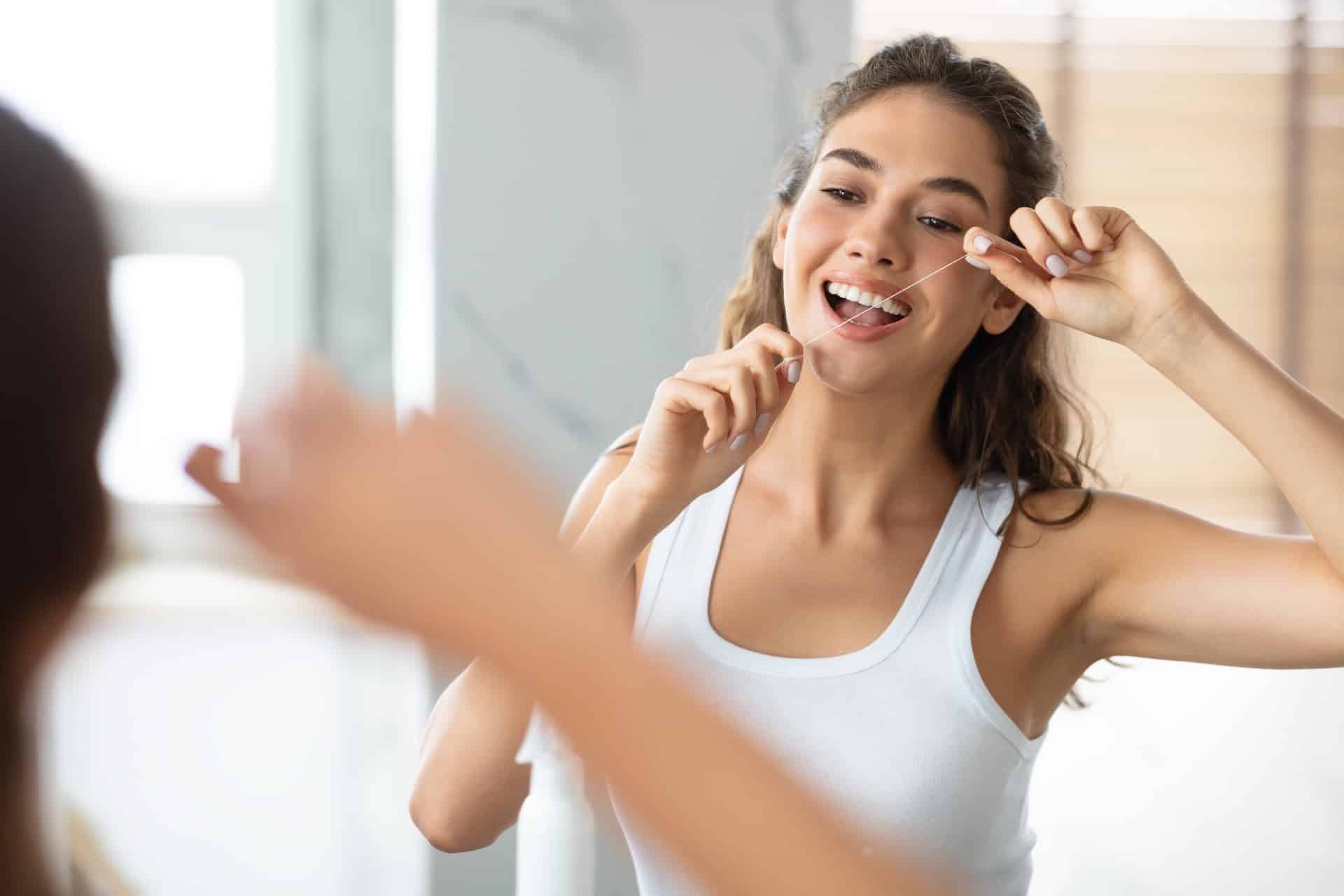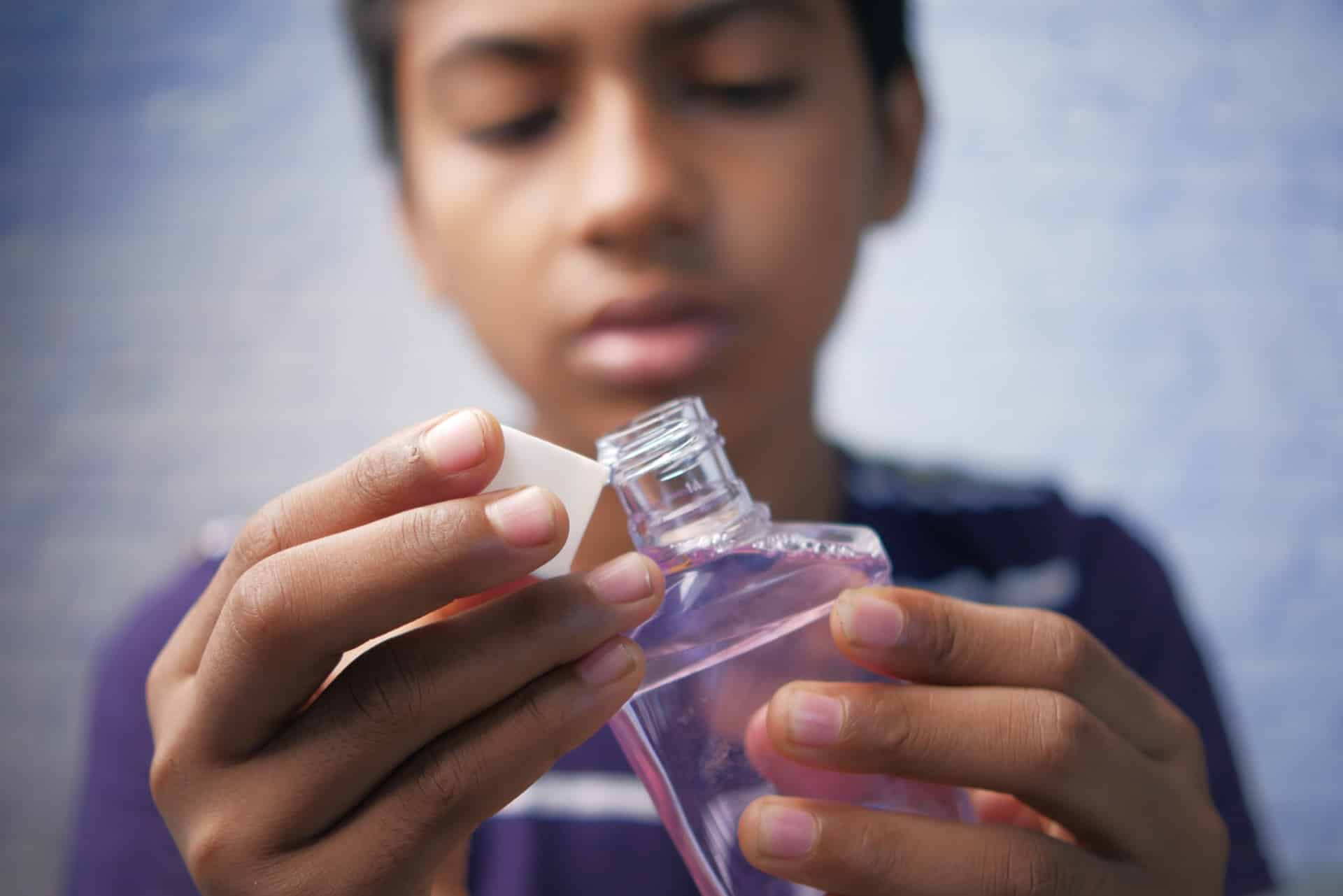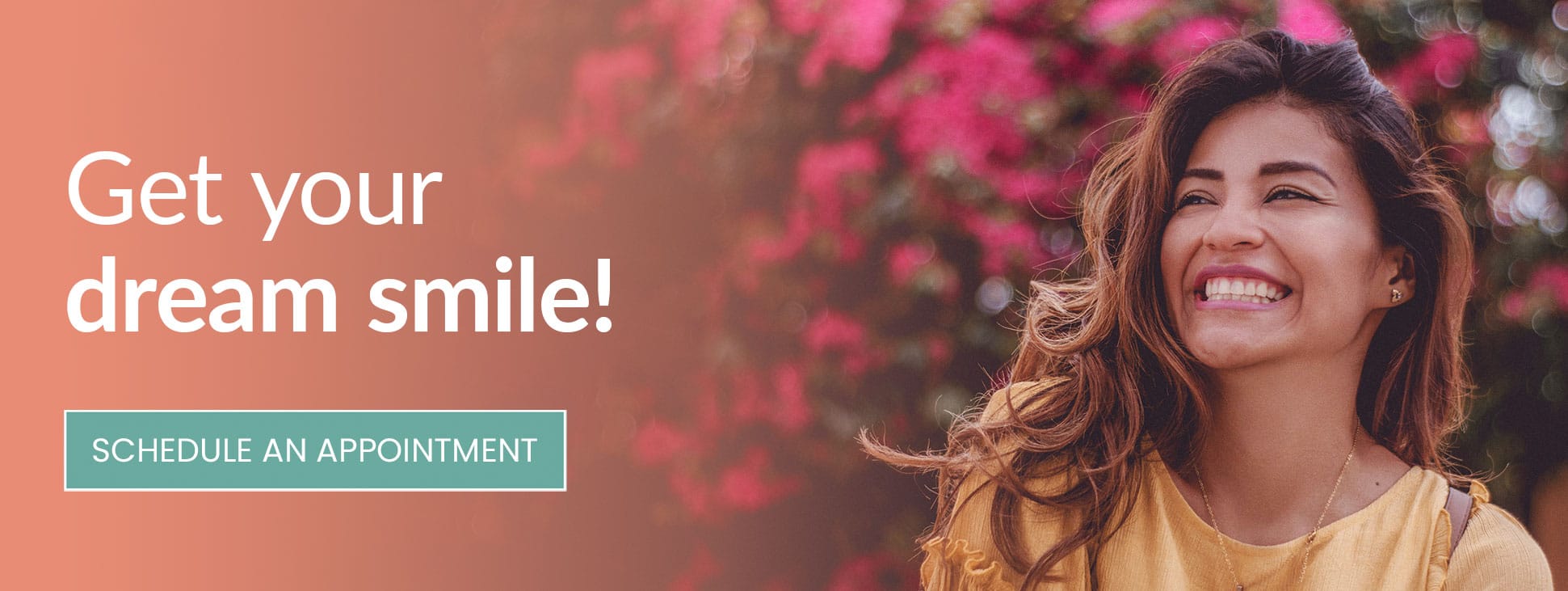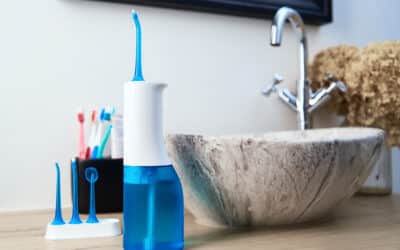Brushing and flossing regularly are essential to healthy teeth and a beautiful smile. Braces can make brushing and flossing a bit more challenging, but there are ways to brush and floss properly with braces.
The right tools can make it much easier to brush and floss regularly with your braces, so you’ll have beautiful, straight teeth by the end of your treatment. Not brushing with braces can lead to white spots on your teeth, which is why we encourage brushing.
At Ohana Orthodontics, we want our patients to have the best treatment possible. We are happy to show our patients tips and tricks to make their treatment easier. Here are a few tips to get you started.

Use the Right Toothbrush
There are all kinds of toothbrushes out there. You may think it doesn’t matter which one you use, but the right toothbrush does matter when it comes to your braces.
The first thing you want to look for is soft bristles. The softer bristles will irritate your gums less. They are also gentler on your enamel, the hard outer shell of your tooth. Softer bristles also won’t damage your braces.
We also recommend using an electric toothbrush. While manual toothbrushes are OK, today’s electric toothbrushes usually have multiple modes of movement that get into the nooks and crannies a manual toothbrush might not reach. It makes it easier to clean around your braces brackets and wires.
Finally, use a toothbrush that feels comfortable at a 45-degree angle, which is how you should hold it to get a proper cleaning. Most modern toothbrushes, particularly electric brush heads, are set up to brush at an angle.
So, if you want the best way to brush with braces, look for a soft-bristled, electric toothbrush that’s easy to hold at the right angle.
Use the Right Toothpaste
There are as many toothpaste varieties as there are toothbrushes. Which one is the best toothpaste to use? The main thing to look for is fluoride, which protects your enamel and reduces the chances of tooth decay. Luckily, most toothpaste today has fluoride, so it should be easy to find.
We strongly recommend that you do NOT use whitening toothpaste during your braces treatment. The toothpaste would whiten your teeth but not the parts under the brackets, which means you’d end up with dark squares on your teeth once the braces are removed.

Use Flossing Tools
Flossing can become a real challenge once you get your braces. How do you get the floss between your teeth with those wires in the way? It’s easier than you think with the right tool.
Use a floss threader. These thin, plastic devices can be found at most major retailers and pharmacies. They look like sewing needles with a giant eye, but they’re a flat, thin plastic that can fit under your archwire and slide between your teeth.
You simply thread the floss through the eye like you would thread through a sewing needle. Then, slide the floss threader through your teeth, pulling the floss with it. Then, you can floss between your teeth properly.
Some floss threaders come attached to a piece of dental floss and are straight instead of needle-shaped. With these, you won’t need to purchase separate dental floss.
Should I Use a Water Flosser?
Some patients opt for a water flosser, such as a WaterPik. These devices are great for supplementing brushing and flossing, but if you want to know how to brush and floss properly with braces, use an electric toothbrush and a floss threader.
A water flosser doesn’t have the scrubbing power of a toothbrush or dental floss. However, it can remove some of the plaque and food particles that might be hiding around your brackets or between your teeth. For that reason, they are a great add-on tool to flossing and brushing with braces.

Try Using a Fluoride Mouthwash
Using fluoride mouthwash with braces can provide extra protection for your teeth. The mouthwash gets in and around your brackets and straight to your teeth, providing more fluoride protection for your tooth enamel.
Brushing and flossing with braces is more difficult, which increases the chances of tooth decay. Fluoride mouthwash can reduce those chances.
Make sure you wait about half an hour after brushing so the fluoride in your toothpaste has time to work on your enamel. Then wait until half an hour after you use your mouthwash before you eat or drink anything. That way, the fluoride in the mouthwash has time to build that extra protection.
Adding fluoride mouthwash to your brushing routine can help reduce your chances of tooth decay and gum disease during orthodontic treatment.
Brush and Floss Every Day!
Patients ask how often they should brush their teeth with braces. The standard recommendation is to brush for two minutes at a time, at least twice a day. However, if you want to know how often to brush with braces, we recommend brushing after every meal.
The less food buildup in and around your braces, the less chance you have of developing cavities during your treatment. Cavities can delay your treatment time because we may have to remove your bracket and archwire so the dentist can fill your cavity.
Once the cavity is filled, you have to return to us so we can replace the bracket and archwire. The time without your brackets and archwires is time you may have to make up in your treatment. That’s why it’s so important to brush and floss regularly.
If you can’t brush after every meal, you can try rinsing your mouth with water to remove food particles. Rinsing won’t substitute for brushing and flossing, but it will help a bit until you can brush and floss properly.
Once you can brush, make sure you brush each tooth carefully, getting every surface. It should take you at least two minutes. Brushing properly is vital to your oral health!
Floss your teeth first! Flossing first moves plaque and food particles to the surface of the teeth so your brushing can remove them. It’s far more efficient than flossing afterward, which only dirty the teeth you just cleaned! Yuck!
Braces Treatment in Canby, OR
If you’re looking for braces treatment in the Canby, OR, area, schedule an appointment with Ohana Orthodontics. We provide treatment with braces and Invisalign, and we’ll be happy to work with you on the best way to care for your teeth throughout your treatment. Our goal is for you to walk out with the smile you’ve dreamed of having!




